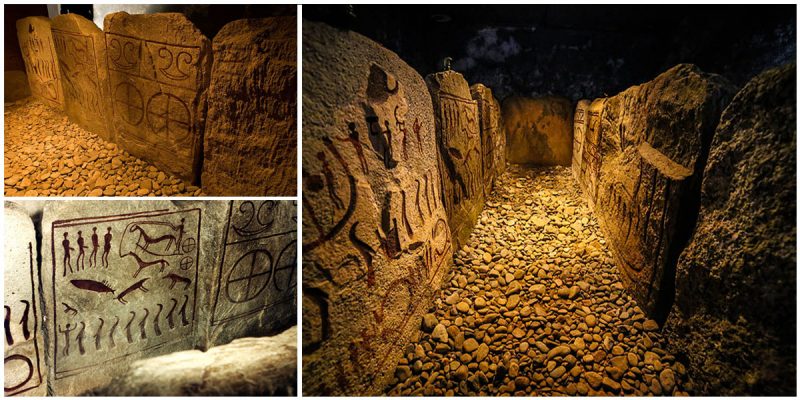Located in the southeastern portion of the Swedish province of Skåne, The King’s Grave (Kungagraven) near Kivik is what remains of an unusually grand Nordic Bronze Age double burial which roughly 3000 years old. Aside from the age of the structure, the size of the tomb is also fascinating.
With a diameter of 75 meters, it is the largest known burial mound in Sweden.
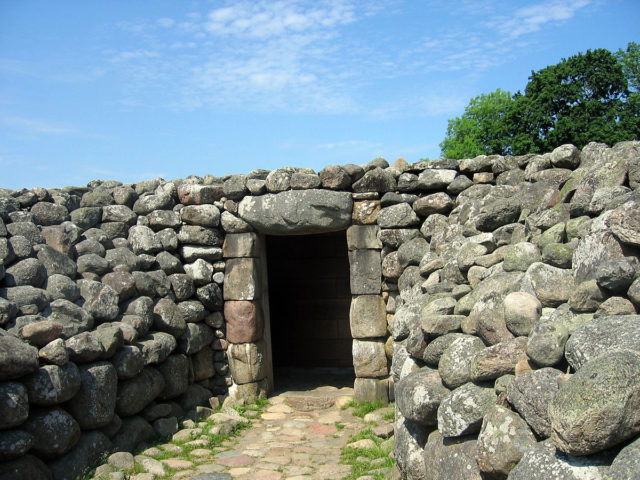
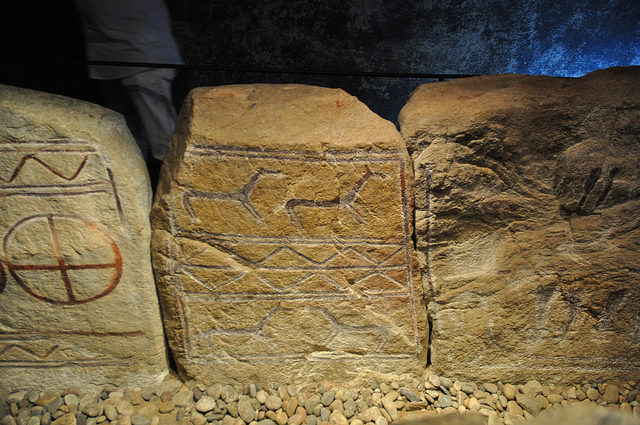
The site was used as a quarry for construction materials until 1748 when two farmers quarrying in the old mound uncovered a 3.25 meters (11 ft) stone tomb, constructed with ten slabs of stone measuring 0.65 meters (2.1 ft.) wide and 1.2 meters (3.9 ft.).

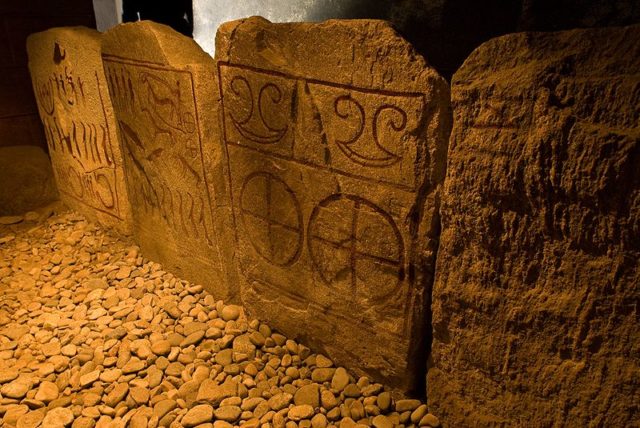
The farmers started to dig into it thinking that they may find treasure underground. Rumor said that the two farmers have actually stolen the treasure. They were even arrested by the authorities and interrogated for it.
However, the two men denied having found anything, and as no evidence could be provided against them, they were released.
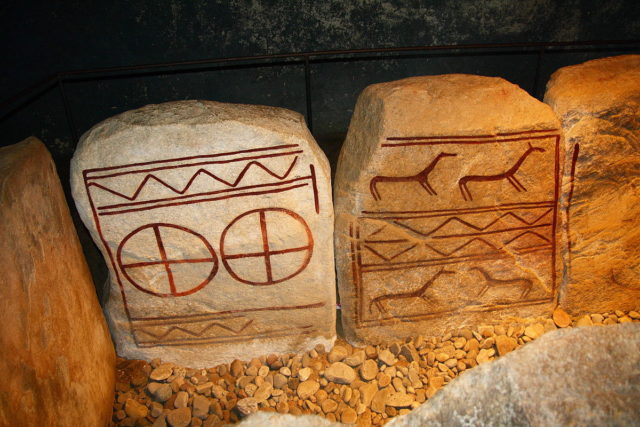
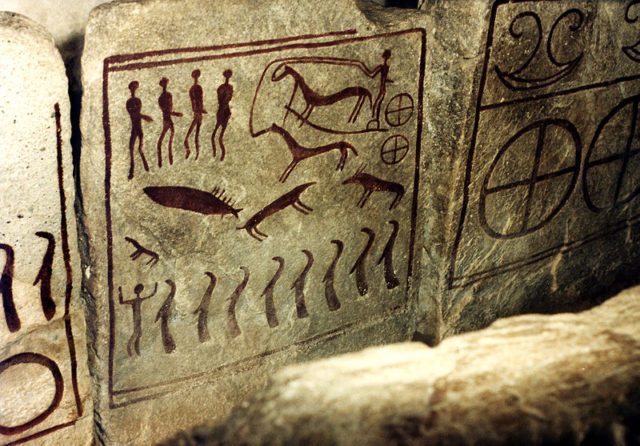
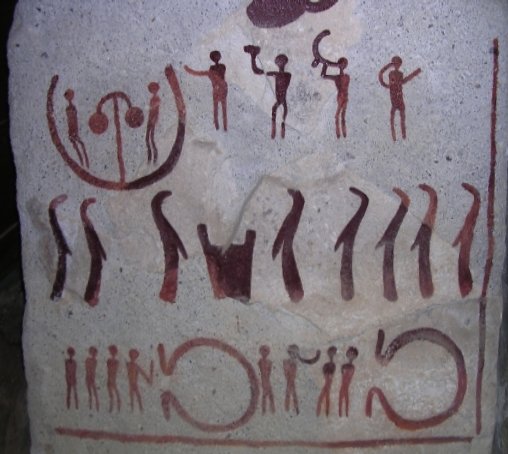
The mound contained two cists which are adorned with petroglyphs which show people and ships, weapons, lurs being played, symbols, animals (including birds and fish), and a chariot drawn by two horses and having four-spoked wheels.
In the 1930s, archaeological investigations of the tomb were carried out, led by Gustaf Hallstrom. It turned out that the large mound contained another burial chamber now called Prinskammaren – The Prince’s Chamber, due to its smaller size.


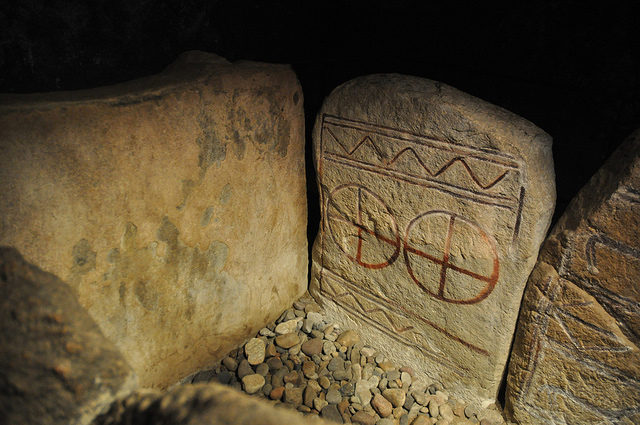
The mound was reconstructed and opened a passage to allow visitors to tour the once hidden burial chamber.
In spite of the facts that the site has been used as a quarry, with its stones carried off for other uses, and that it was restored carelessly once it was known to be an ancient burial, these two burials are unique.
